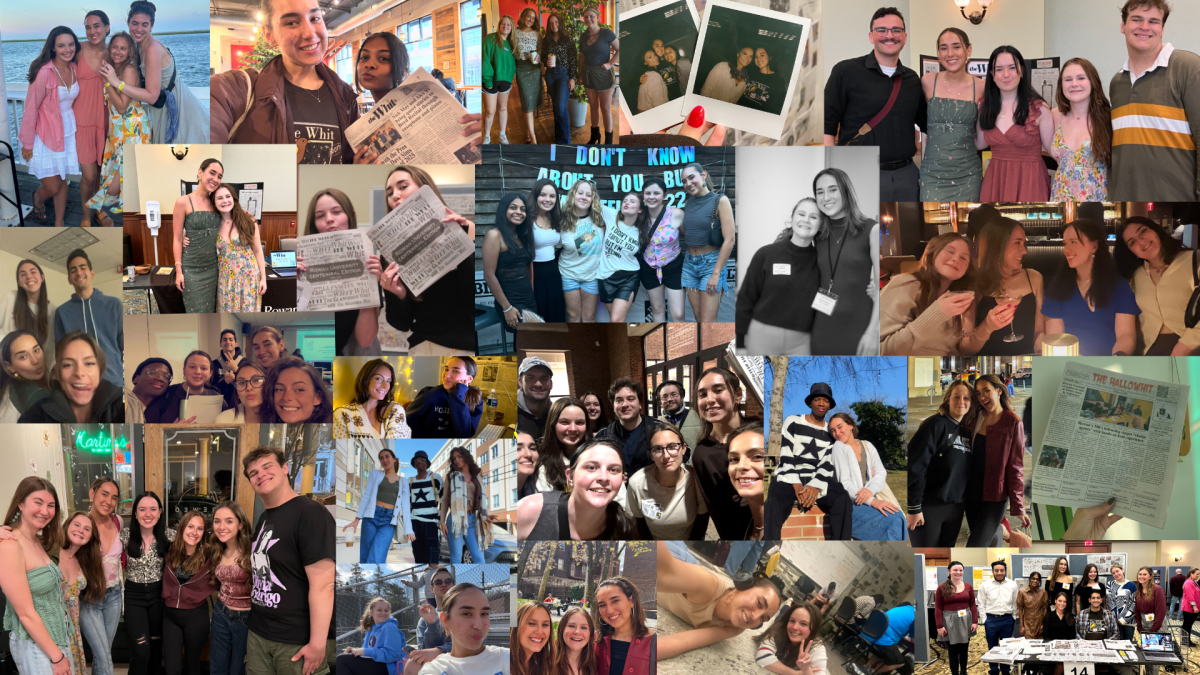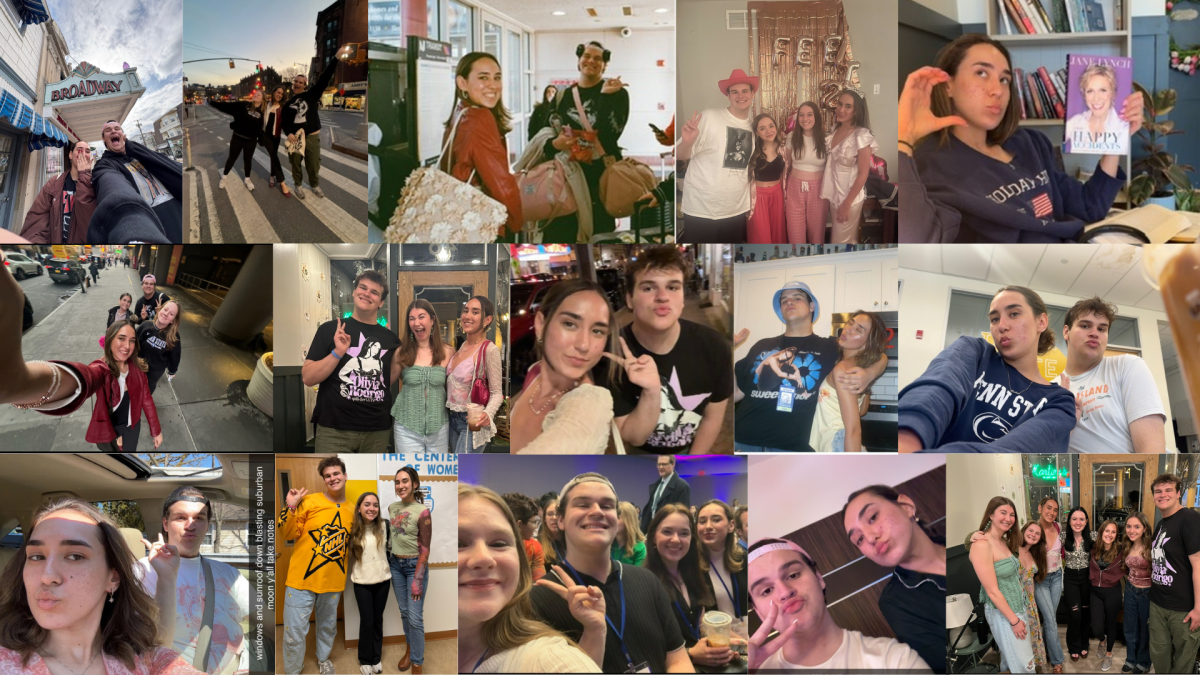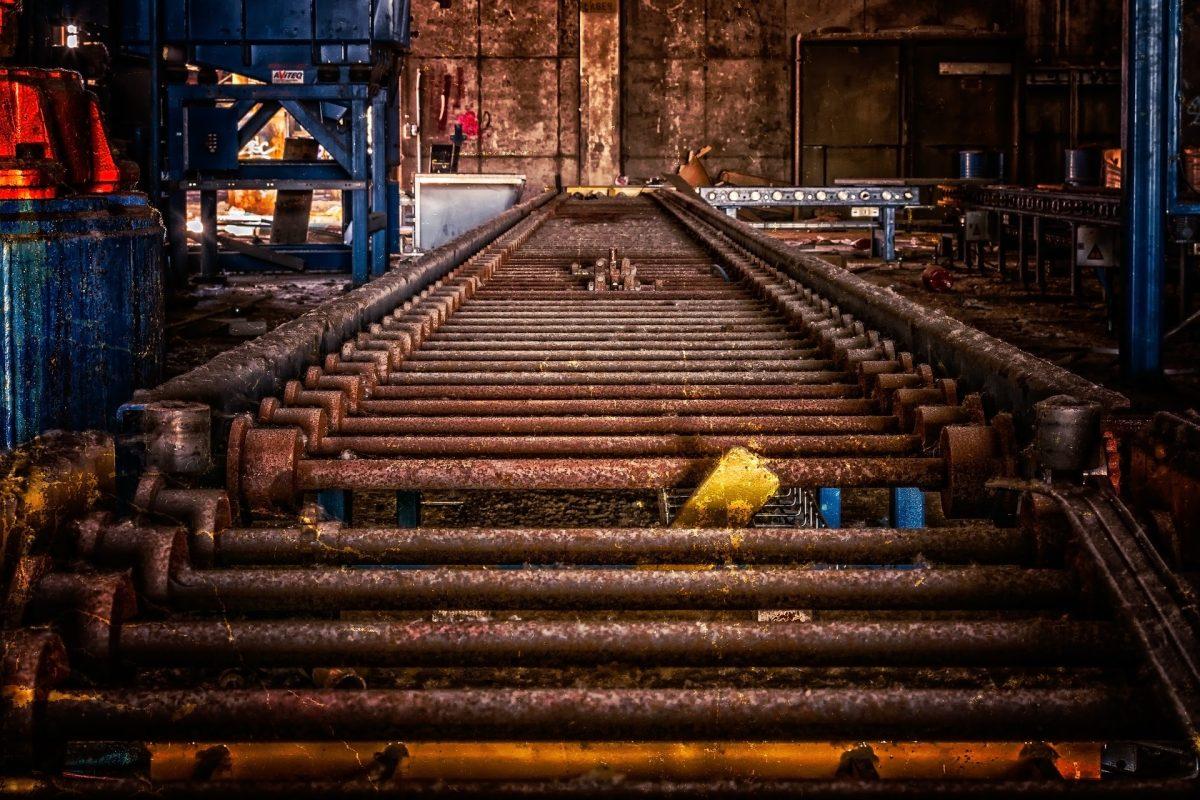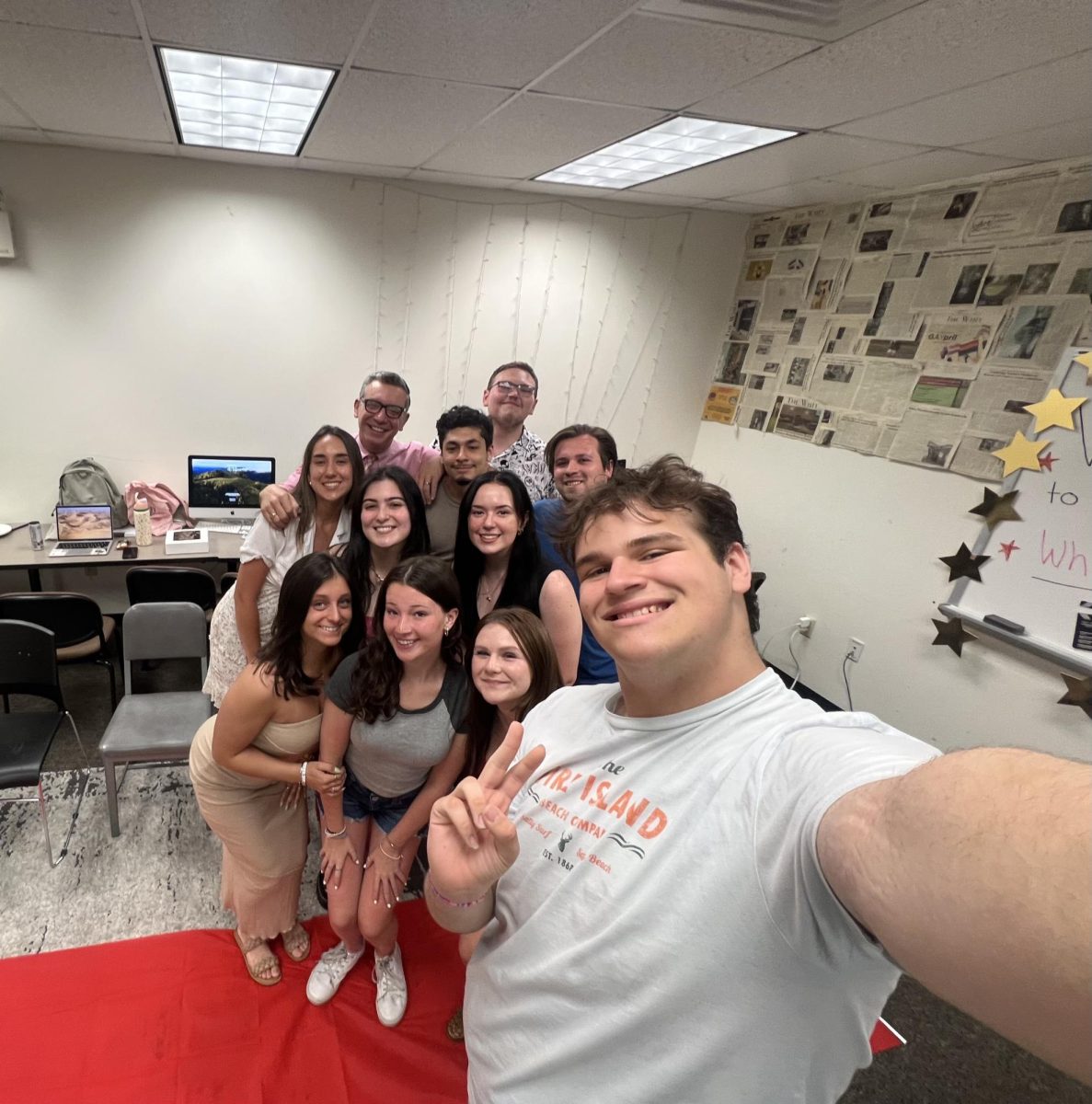After New York City flat-out rejected Amazon’s second headquarters, joy spread through certain political populations and those with invested interests. Small business owners, union activists and workers’ rights advocates were generally thrilled about the news of Amazon’s decision to retreat.
Although Democratic leaders such as Alexandria Ocasio-Cortez and Bernie Sanders praised New York’s tenacity in rejecting Amazon’s so-called takeover, Amazon decided to end its search for a new headquarters altogether, leaving several cities who were vying for the spot extremely disappointed in the process.
Despite that, the underlying problem of this whole Amazon fiasco isn’t Amazon’s total takeover of the e-commerce market or its treatment of its plant workers, even though the criticism is justified. Rather, it’s the places that Amazon ended up choosing to make as its second headquarters that infuriated many across the country. Amazon ultimately hoped to break up the second headquarters between New York City and Washington, D.C.
If that doesn’t set you off in some way, then I don’t know what would.
Amazon not only ignored the states and cities that were incredibly eligible for the second headquarters, but in the process they invested their time, money and infrastructure into cities that already have a lot of capital in the first place. What Amazon needs to do is invest in cities and states that need that huge influx of job growth to not only help those cities, but also improve their infrastructure and economy as a whole.
What Amazon is doing is clearly an example of what’s often been called spatial geographic inequality, which means that the most affluent and educated people are only clustered in just a few cities or regions of a country. The cities and states along the coasts of America are clearly prospering from the advantages brought to them by many companies, such as Amazon, while many in the middle of the country are struggling to get by.
This huge wealth disparity between the coasts and the countryside has more or less contributed to many of the problems that America is facing today. Wealth stagnation, poor health, dilapidated infrastructure and the subsequent hatred between liberal cities and conservative countrysides is rampant. In some aspects, there really are two Americas, where one side has updated infrastructure and all of the interesting, high-paying jobs. The other sees people working tough labor jobs with long hours and low pay where the municipalities can’t afford to fix the infrastructure.
Middle America has largely been forgotten and for some reason or another, companies like Amazon continue to bate these cities into thinking they’ll have a shot at prosperity. In reality, the companies will likely end up going to the cities that already have so much to begin with.
I don’t know if the correlation between the current social problems we have now are a direct result of spatial geographic inequality, but cities like New York and Washington, D.C. don’t need any more influence than they already have.
Cities in the Rust Belt like Detroit, Milwaukee, Pittsburgh or even Philadelphia would’ve greatly benefited from Amazon’s location. Even if Amazon wanted to go to a prosperous city, Houston or Atlanta would’ve definitely fit the mold.
If cities like Las Vegas and Salt Lake City can prosper in the middle of the desert, I’m sure Jeff Bezos, being the richest person on the planet, can take one for the team and help revive a dying yet influential city that needs that sort of publicity. If that does happen again in the near future, here’s hoping that those cities’ campaigns are far more aggressive than last time. I’m sure if Detroit ever gets a hold of Bezos’ texts, he’ll think twice before going somewhere stupid like New York or Washington, D.C.
For questions/comments about this story, email [email protected] or tweet @TheWhitOnline.

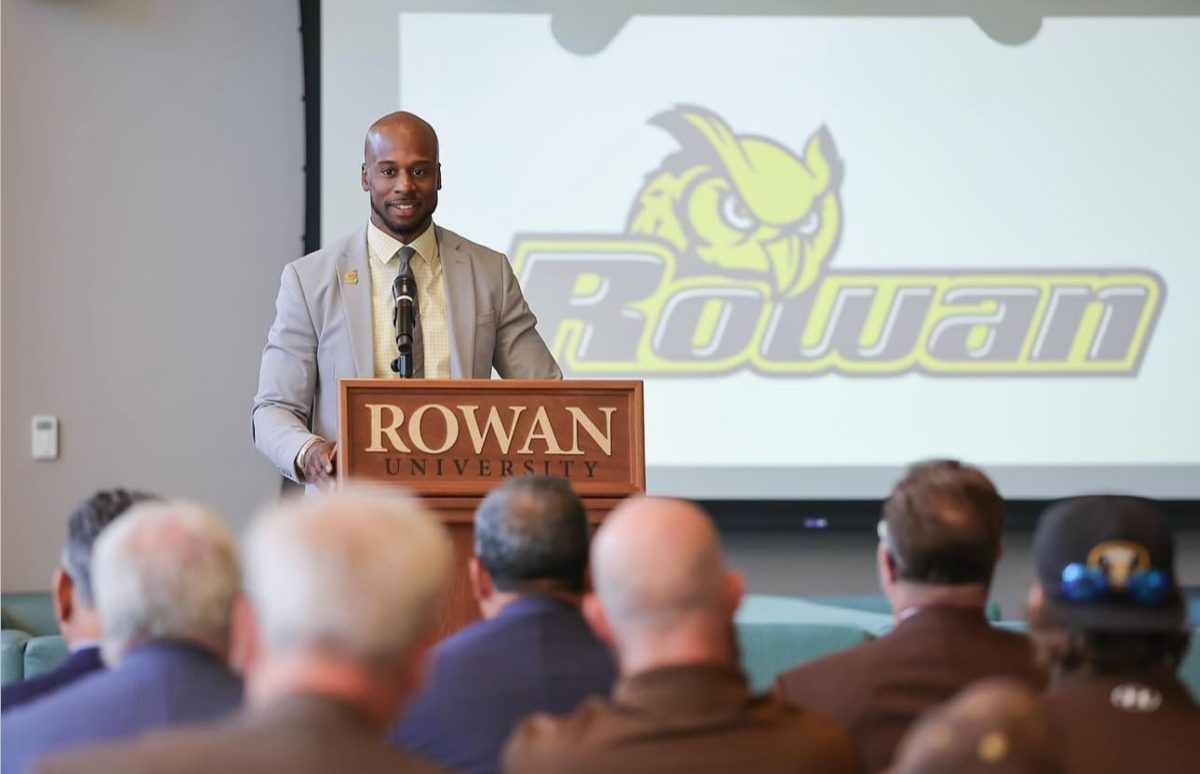

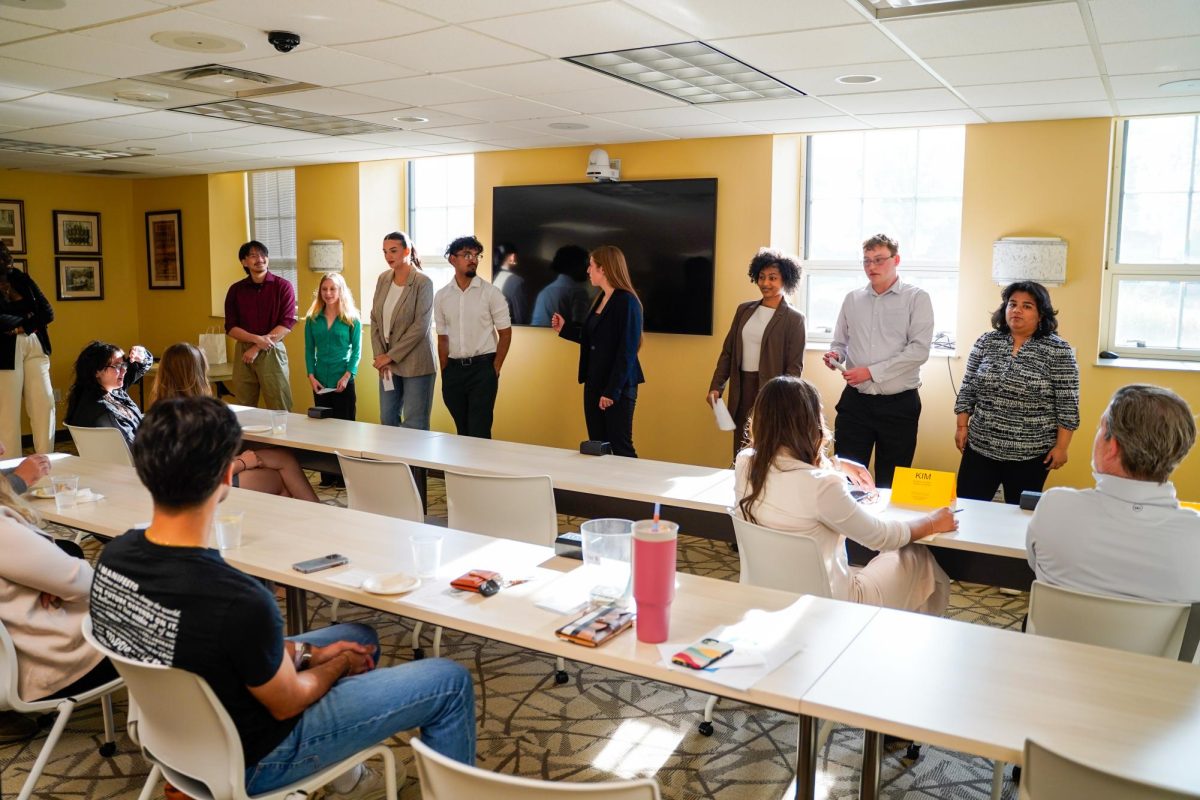
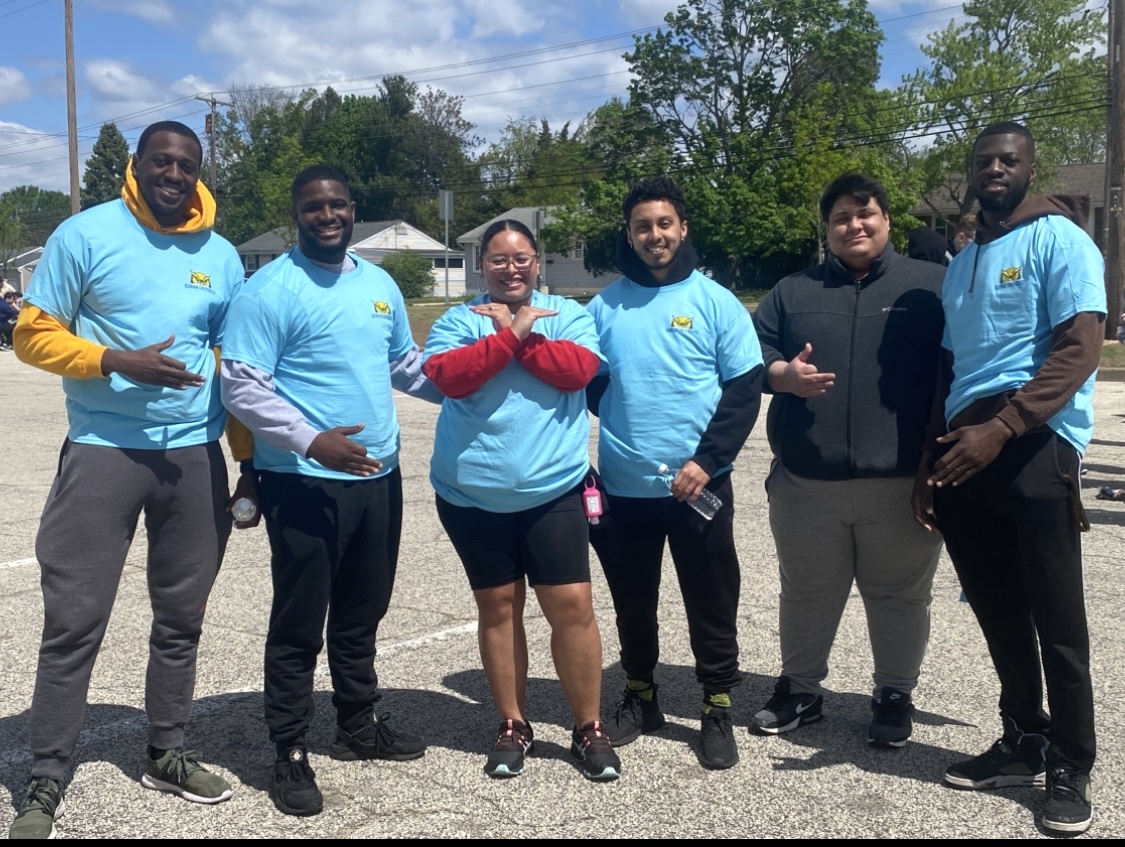


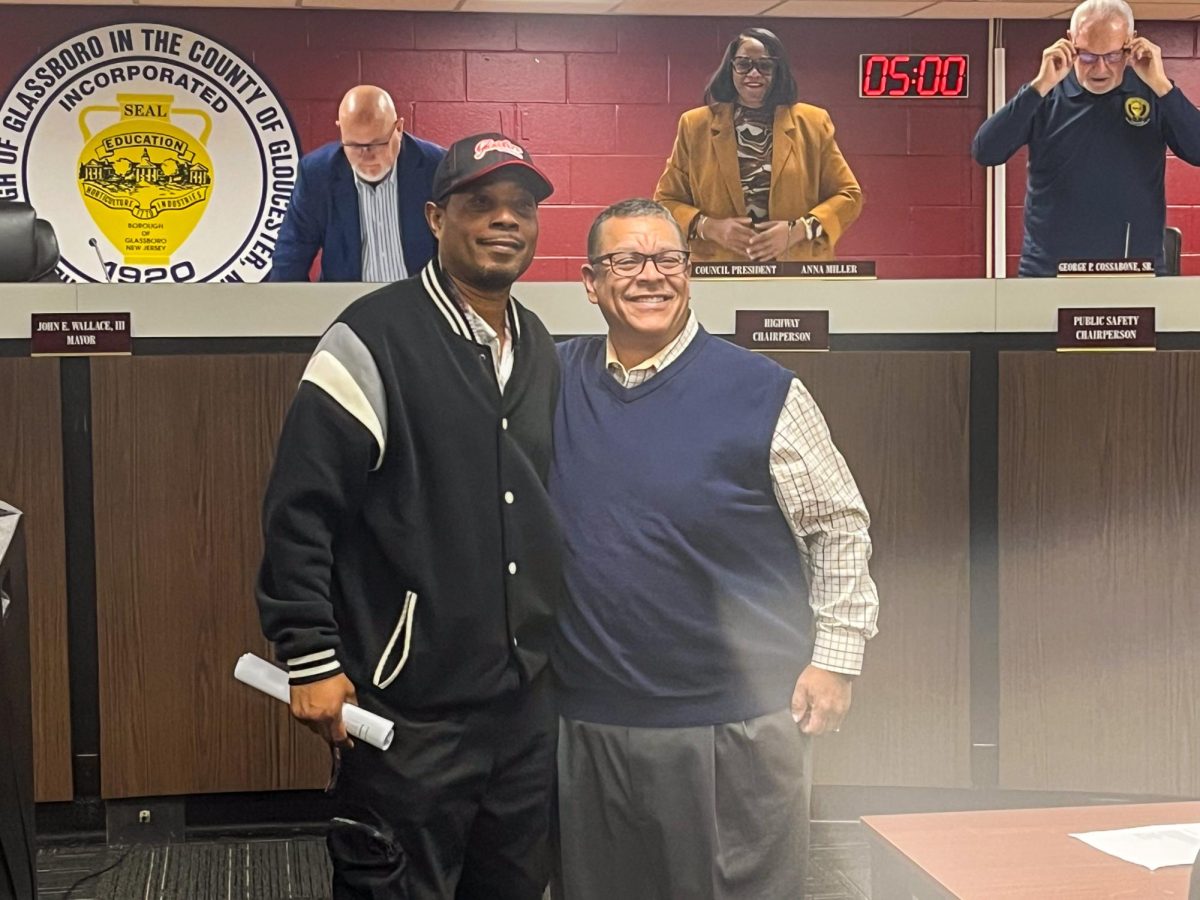












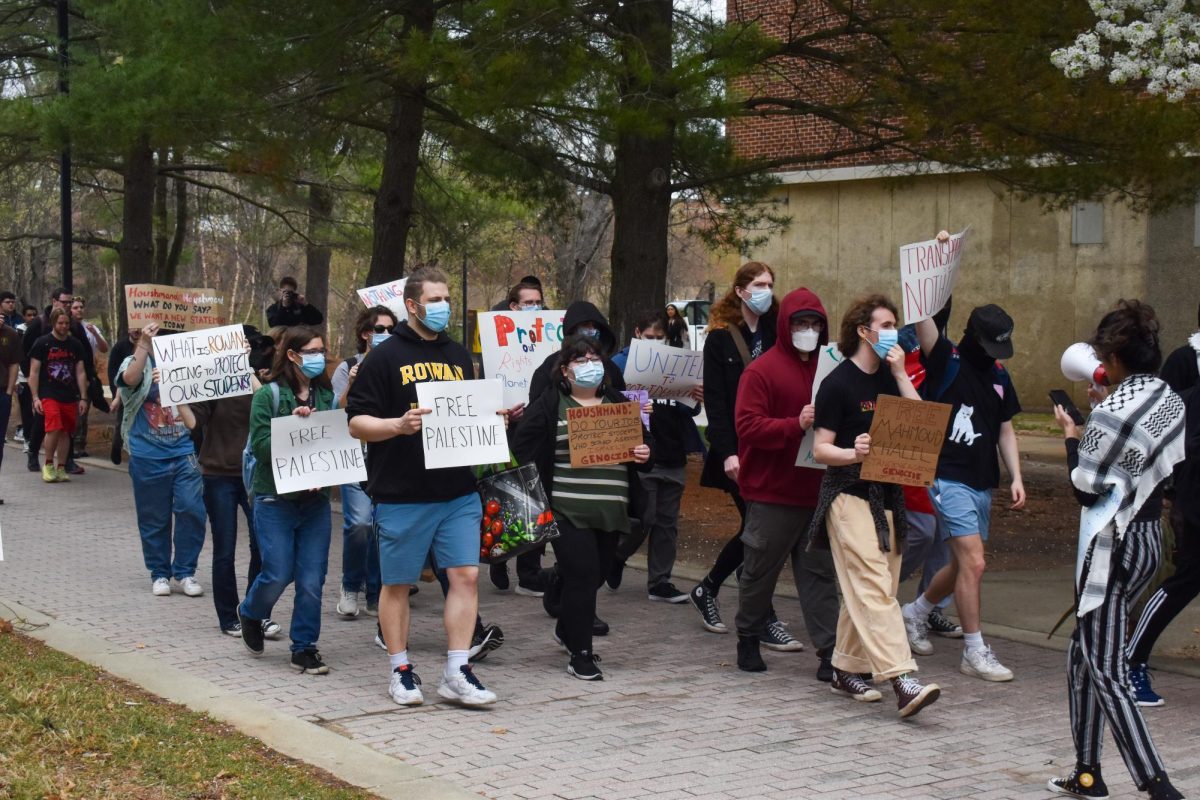





































































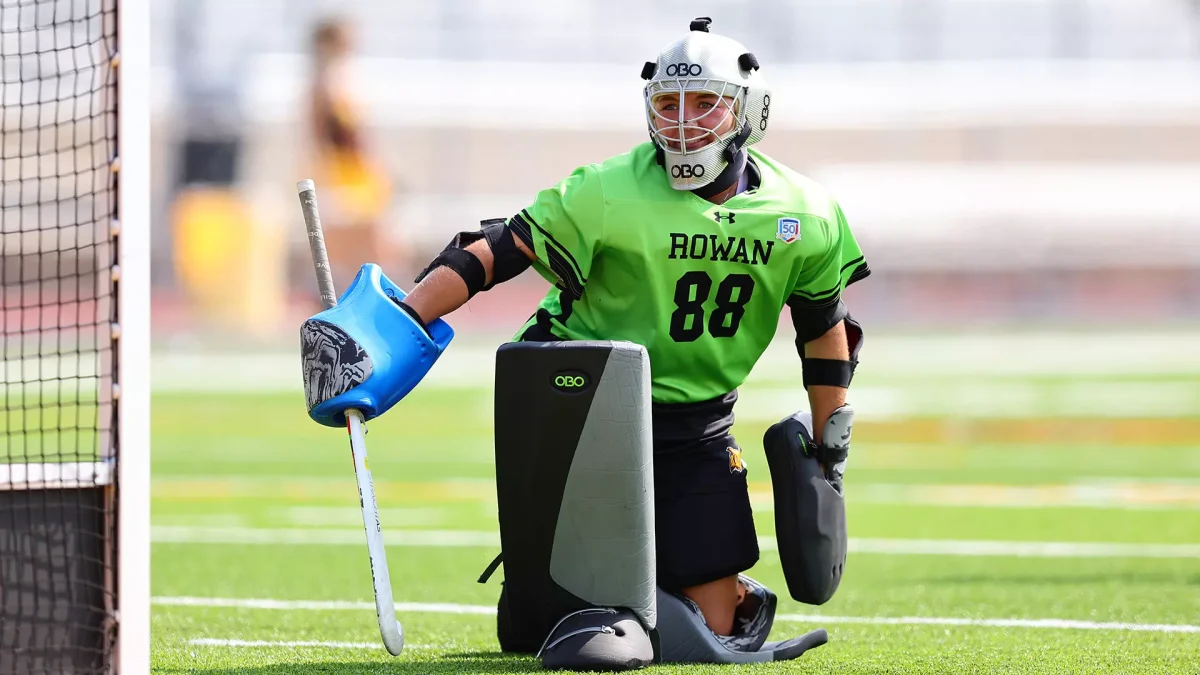


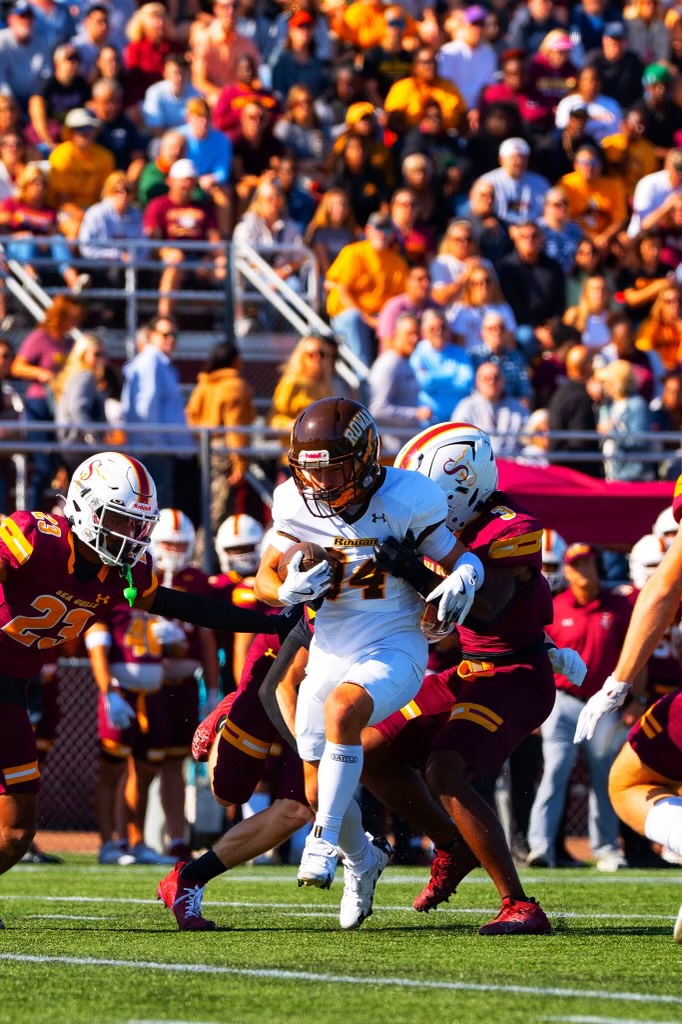
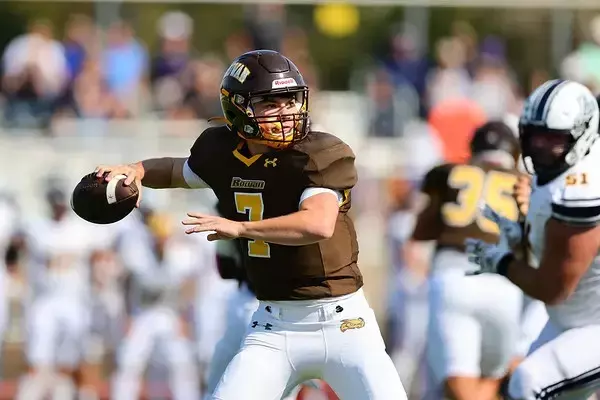






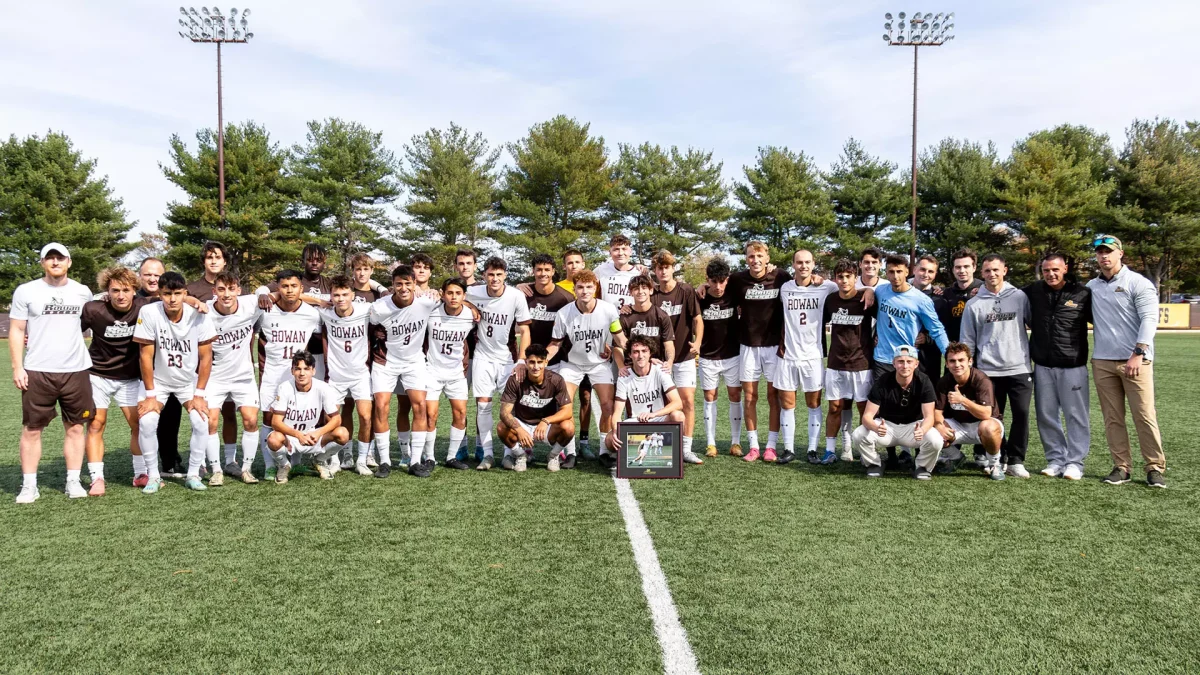





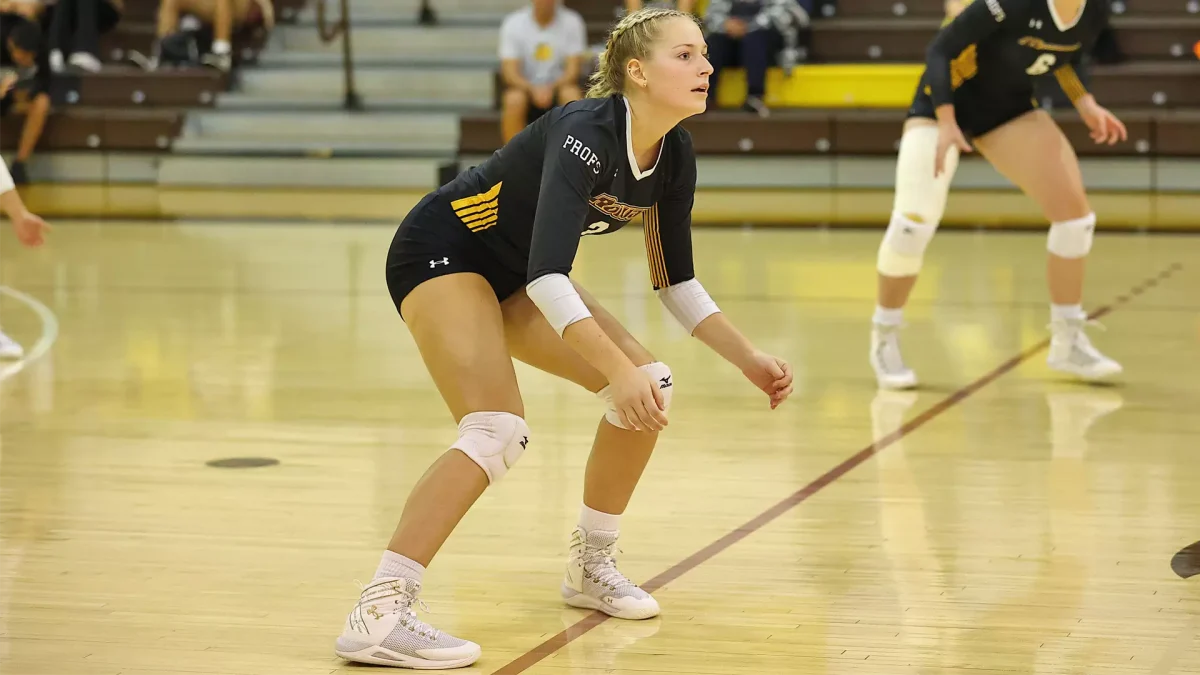





















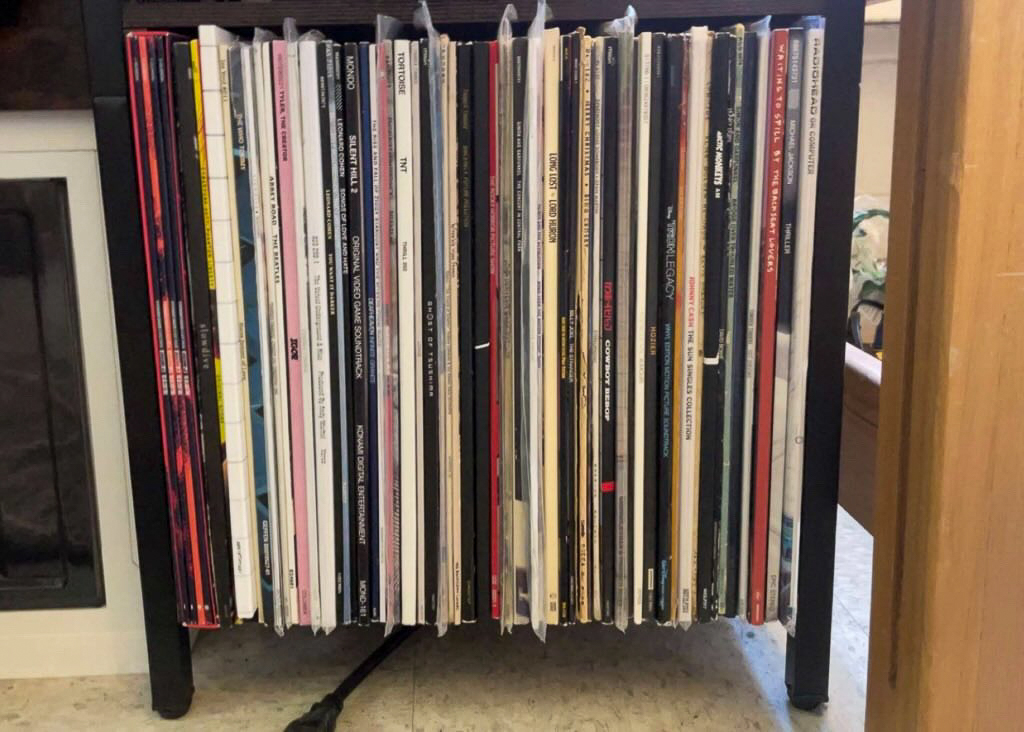























!["Working with [Dr. Lynch] is always a learning experience for me. She is a treasure,” said Thomas. - Staff Writer / Kacie Scibilia](https://thewhitonline.com/wp-content/uploads/2025/04/choir-1-1200x694.jpg)

















